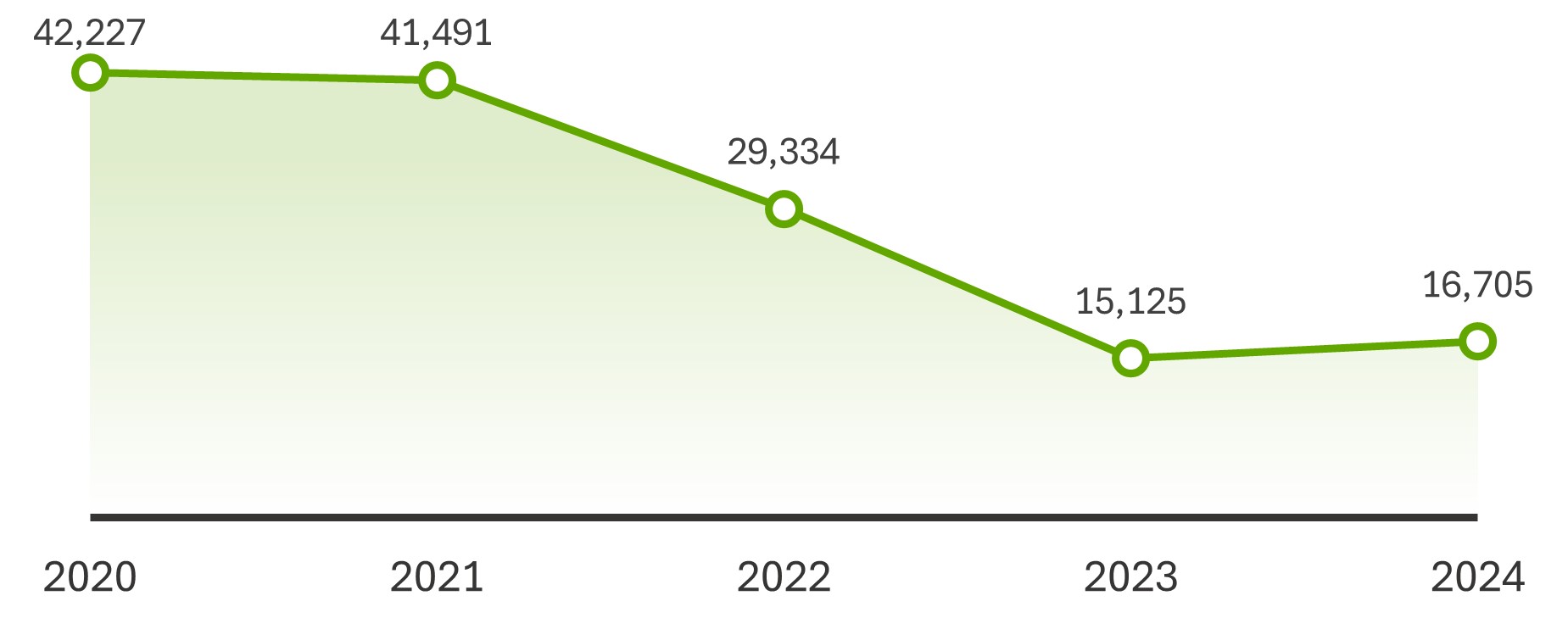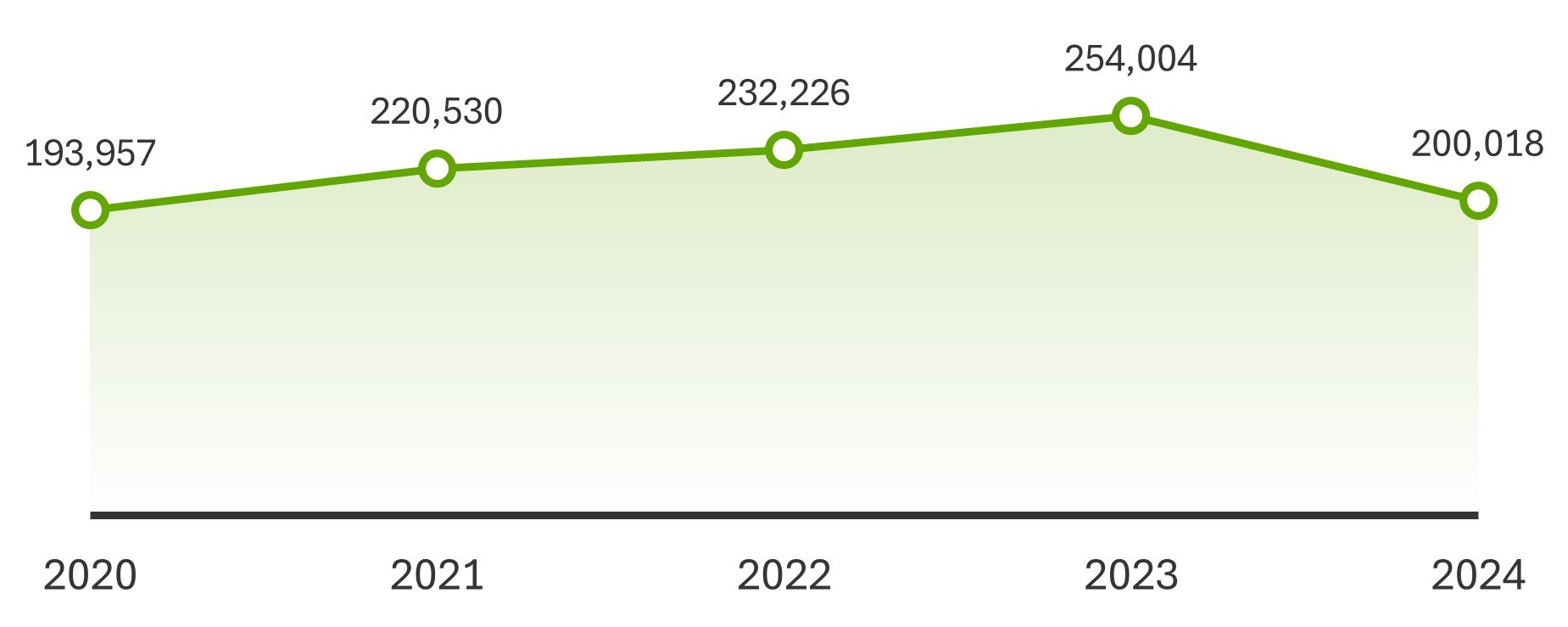New bioproduct solutions
Our own resource efficiency has also been improved through new bioproduct solutions. At the Äänekoski bioproduct mill, the production of sulphuric acid from the mill’s odorous gases has expanded the mill’s closed chemicals cycle. It also minimises any sulphate discharges into the waterways. The same technology is used also at the Kemi bioproduct mill.
Metsä Fibre’s Joutseno mill, Äänekoski and Kemi bioproduct mills produce product gas from bark. This product gas is used as a fossil-free fuel in the mills’ own processes. Our goal is that in the future, all of our mills will operate completely without fossil fuels.
Utilizing green liquor dregs
We already utilise nearly 90 percent of the production side streams from Metsä Fibre’s mills as various by-products and energy. A key reason the utilisation rate is not yet 100 percent is green liquor dregs, which have traditionally been regarded as waste requiring separate treatment and disposal. Green liquor dregs contain metals derived from wood, including heavy metals, as well as a small amount of cooking liquor.
We are actively seeking new applications for green liquor dregs and several research projects are currently underway on the topic. Green liquor dregs that are technically suitable and deemed environmentally safe can be used to replace virgin raw materials, such as crushed rock, in field structures – thereby helping to conserve natural resources.
Another promising application for green liquor dregs is in geopolymers, which can be used as an alternative to concrete. In this context, green liquor dregs can serve as an alkali activator needed in the manufacturing process. Compared to commercial alkali activators, green liquor dregs offer the advantages of lower cost and reduced carbon dioxide emissions. We are conducting related research in collaboration with, among others, the University of Oulu.
Cooperation with partners
A strategic R&D programme for converting side streams for use in the circular economy is underway at Metsä Group. We are researching and developing, both independently and with partners, various new purposes for sludge, ashes, lignin, sawdust, bark and many other forest industry side streams. We are also exploring opportunities for carbon recovery and upgrading.




